Essential Bloom
69.00 zł
Essential Calm
69.00 zł
Essential Citrus
69.00 zł
Essential Forest
69.00 zł
 Essential OilNOVELTY!
Essential OilNOVELTY!
 CBD Oils Full Spectrum
CBD Oils Full Spectrum
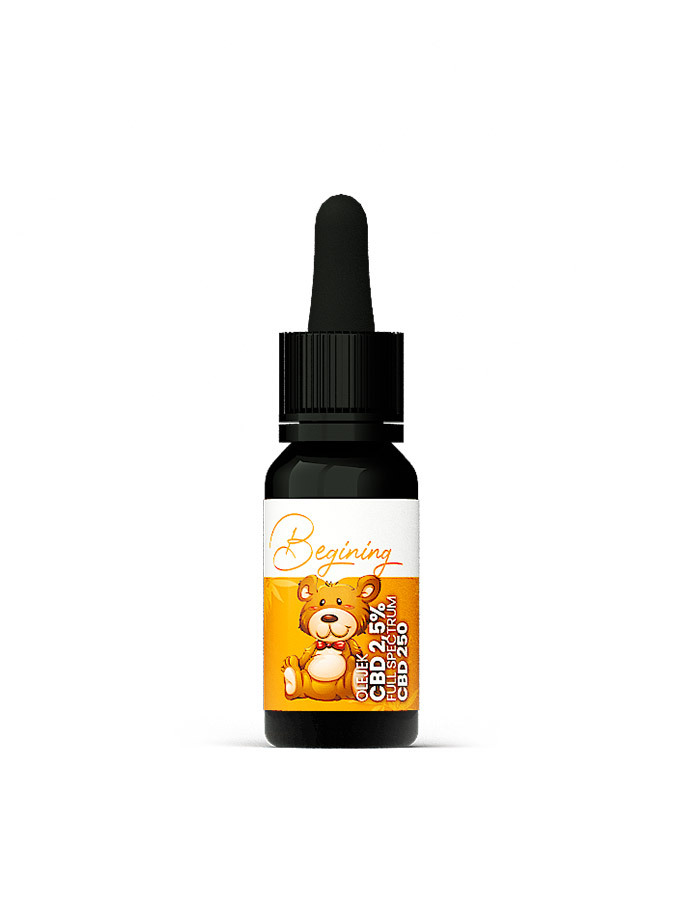 CBD oil 2.5% Full Spectrum “BEGINNING”
CBD oil 2.5% Full Spectrum “BEGINNING”
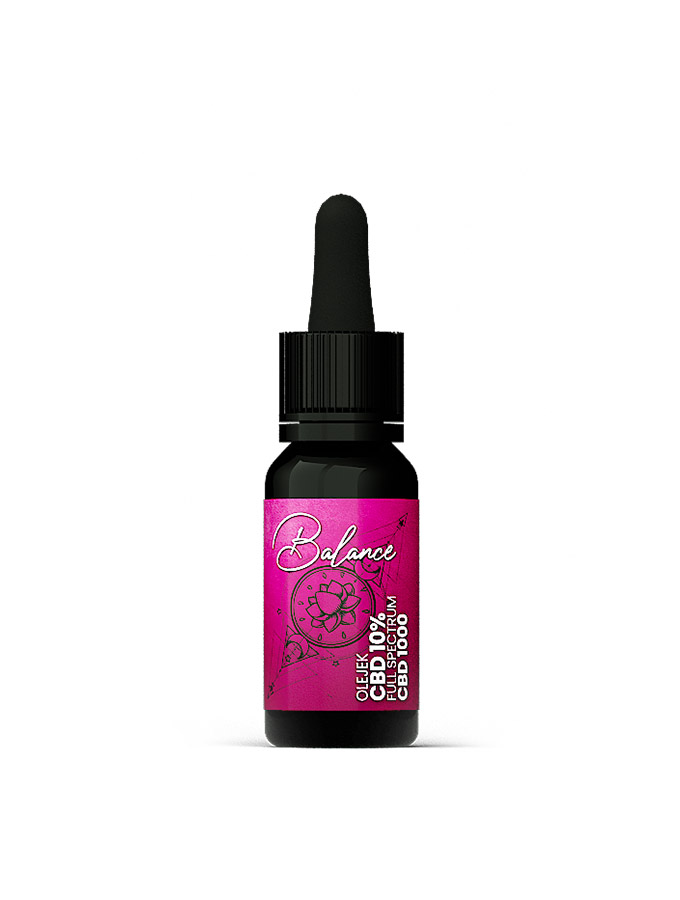 CBD Oil 10% Full Spectrum “BALANCE”
CBD Oil 10% Full Spectrum “BALANCE”
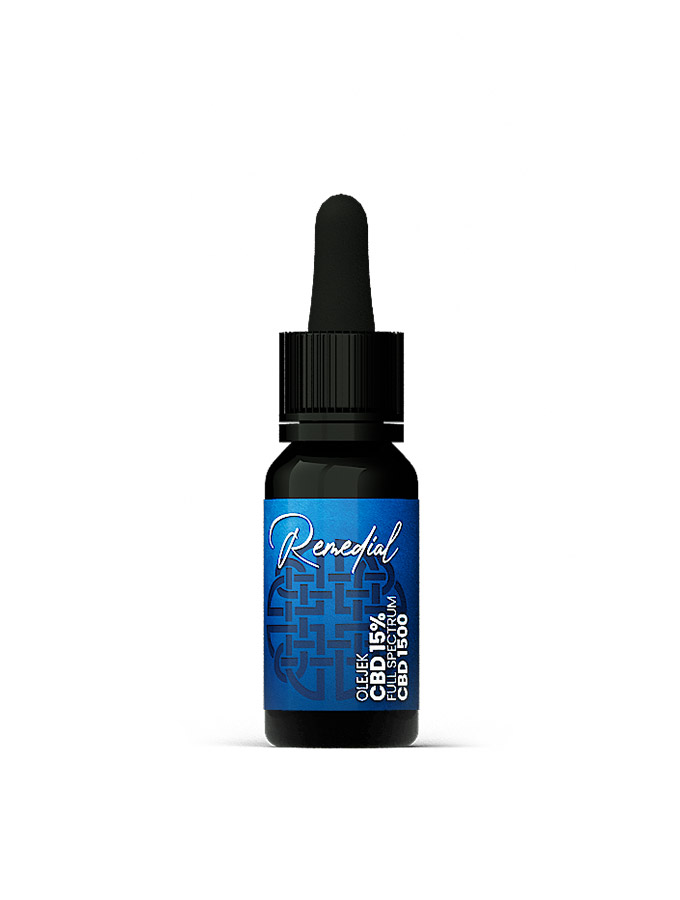 CBD oil 15% Full Spectrum “REMEDIAL”
CBD oil 15% Full Spectrum “REMEDIAL”
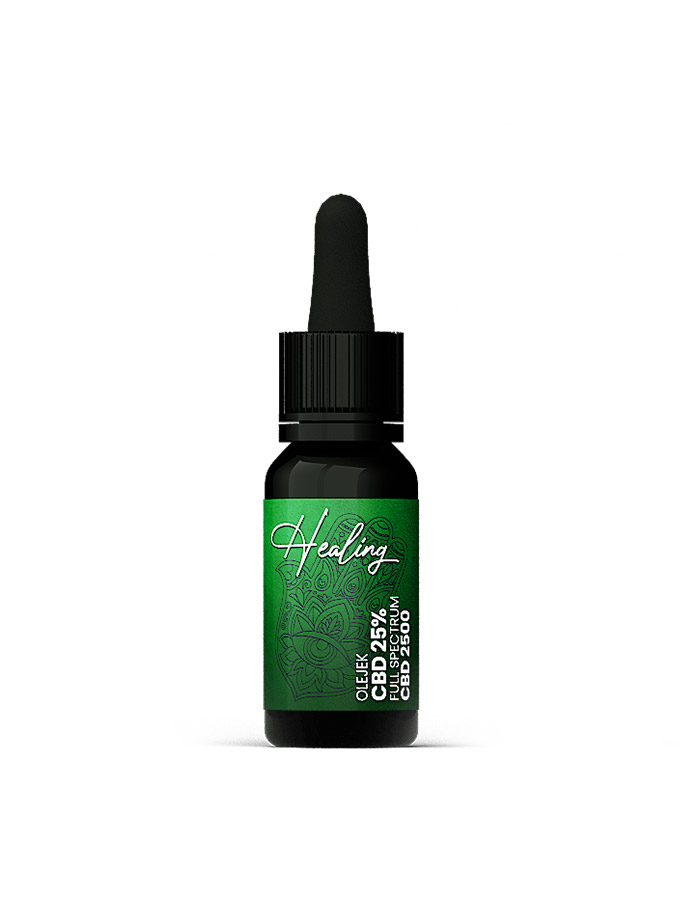 CBD oil 25% Full Spectrum “HEALING”
299.00 zł
CBD oil 25% Full Spectrum “HEALING”
299.00 zł
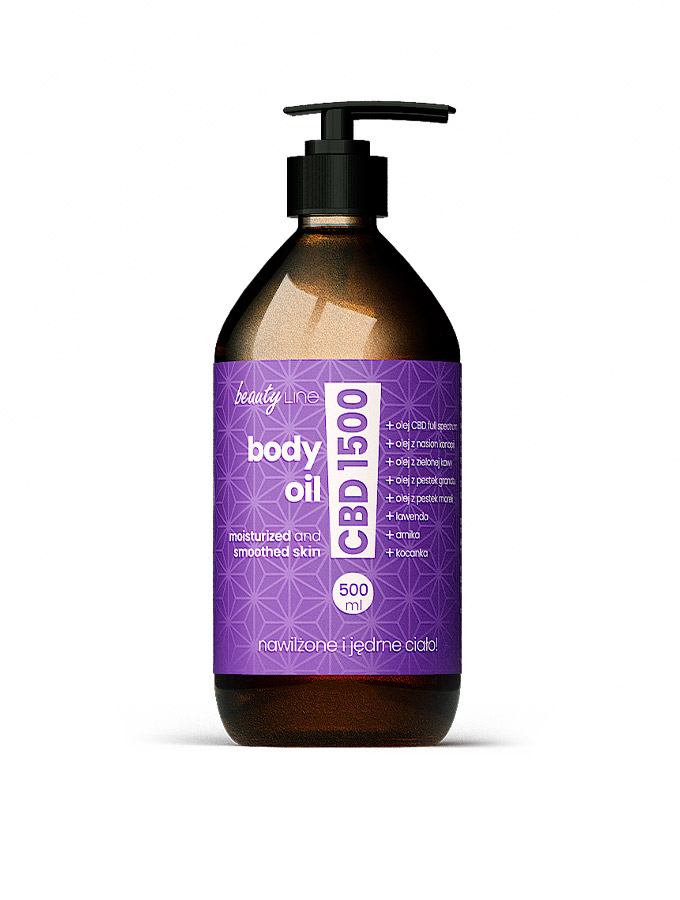 Body Oil CBD 1500 Illuminated, Smoothed and Moisturized Skin
Body Oil CBD 1500 Illuminated, Smoothed and Moisturized Skin
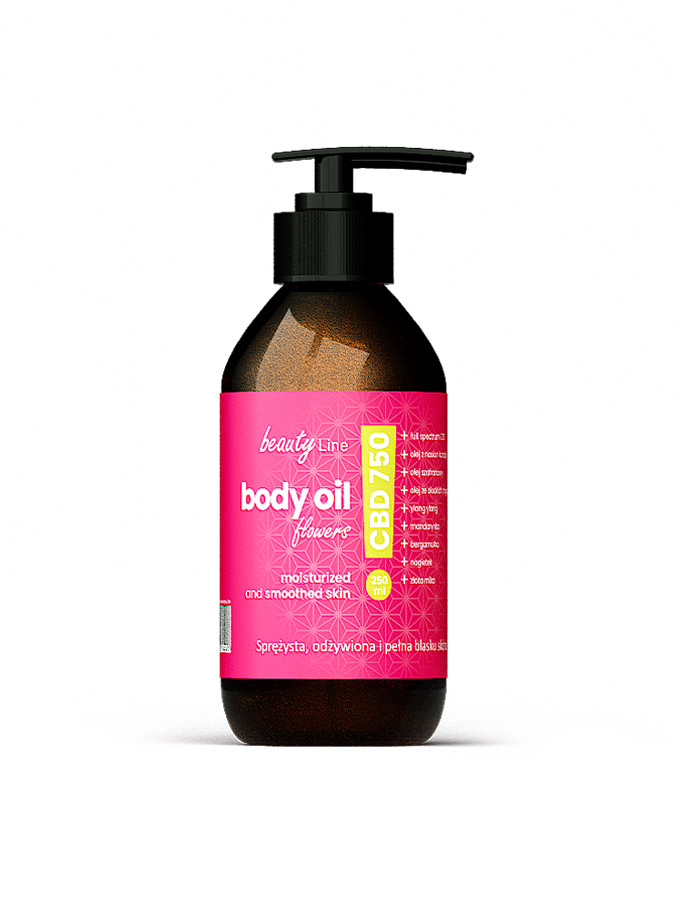 Body Oil Flowers CBD 750 250ml
119.00 zł
Body Oil Flowers CBD 750 250ml
119.00 zł
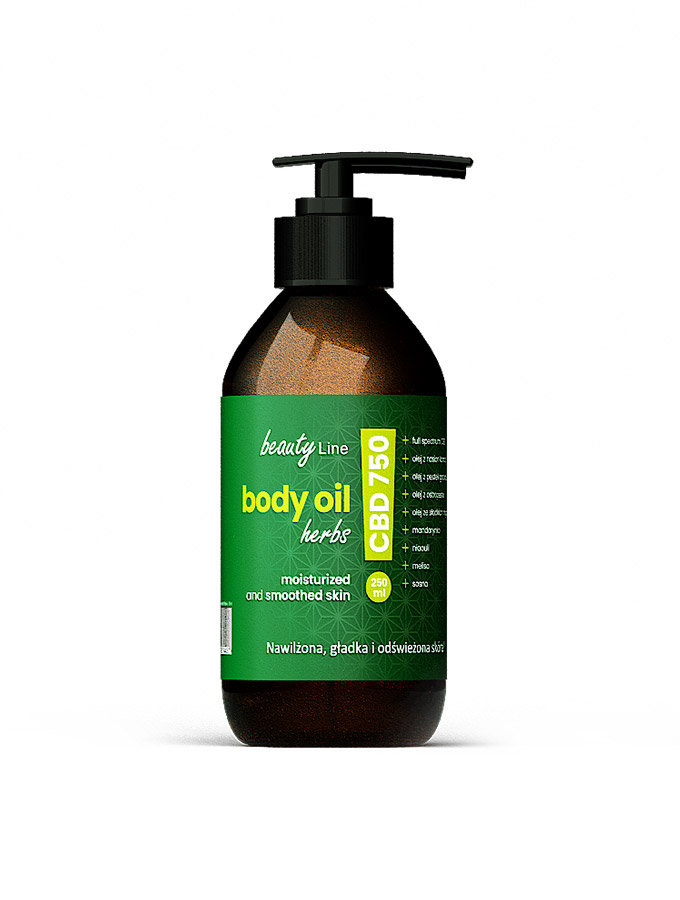 Body Oil Herbs CBD 750 250ml
Body Oil Herbs CBD 750 250ml
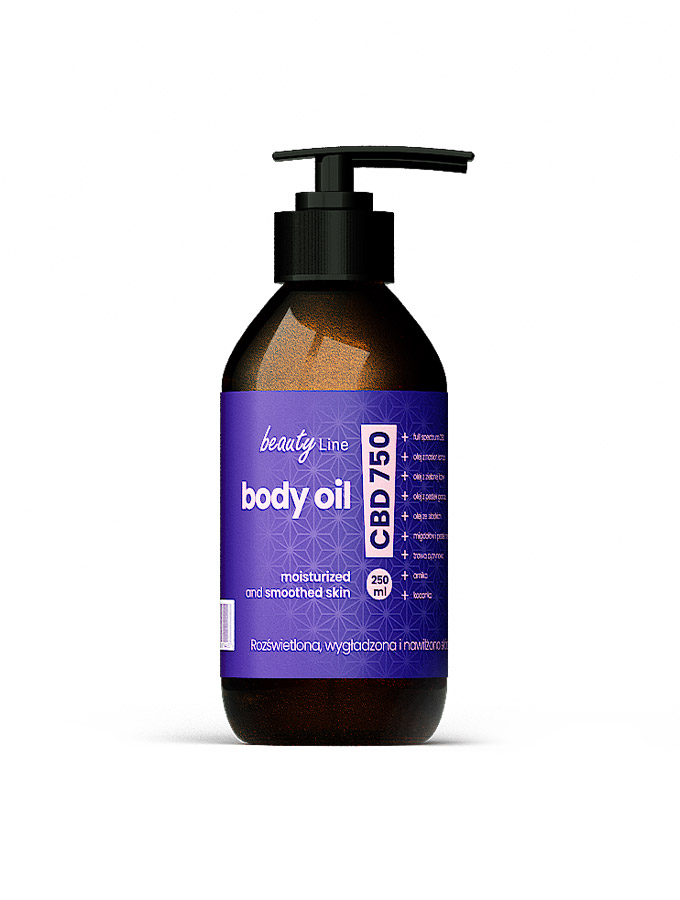 Body Oil CBD 750 250ml
119.00 zł
Body Oil CBD 750 250ml
119.00 zł
 CBD Full Spectrum Creams
CBD Full Spectrum Creams
 Face Day Cream CBD 200 Radiant and Moisturized Skin
Face Day Cream CBD 200 Radiant and Moisturized Skin
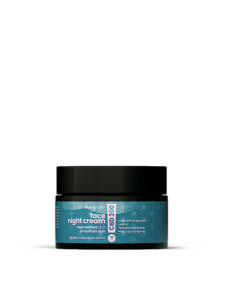 Face Night Cream CBD 300 Regenerated and Smoothed Skin
Face Night Cream CBD 300 Regenerated and Smoothed Skin
 CBD Full Spectrum Ointments
CBD Full Spectrum Ointments
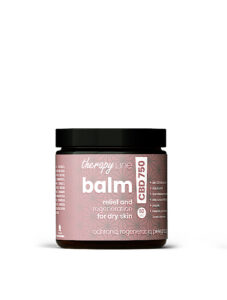 Balm CBD 750 Relief and Regeneration for Dry Skin
Balm CBD 750 Relief and Regeneration for Dry Skin
CBD Therapeutic Balm 750 brilliant regenerates and moisturizes dry and cracked skin as a result of individual predispositions and external factors.
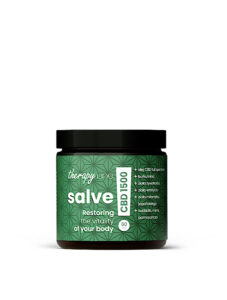 Salve CBD 1500 restoring the vitality of your body
Salve CBD 1500 restoring the vitality of your body
The unique action of Salve CBD 1500 ointment is based on the combination of the broad action of full spectrum CBD extract and herbs with powerful and documented power.
 CBD Full Spectrum Serum
CBD Full Spectrum Serum
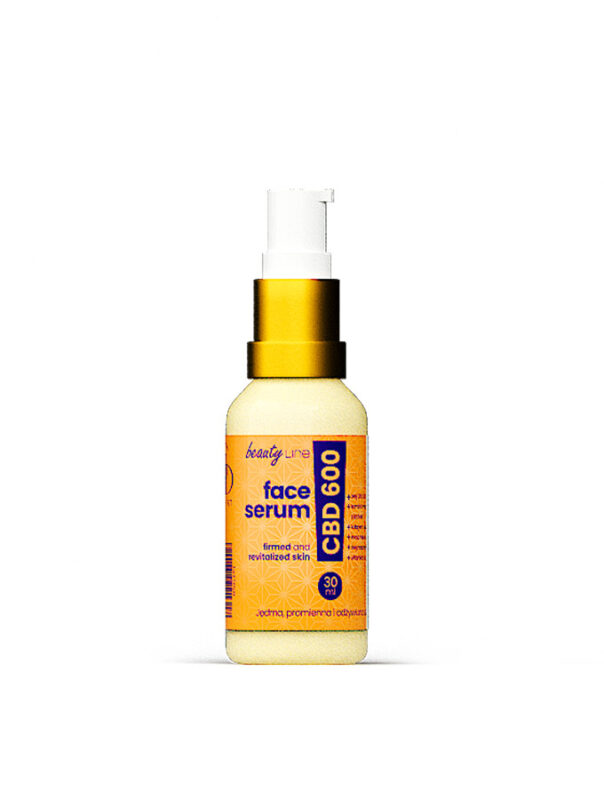 Face Serum CBD 600 Firmed and Revitalized Skin
Face Serum CBD 600 Firmed and Revitalized Skin
Nourishing face serum with a high content of full spectrum CBD extract, echinacea stem cells, collagen and elastin, and precious prickly pear oil for all skin types.
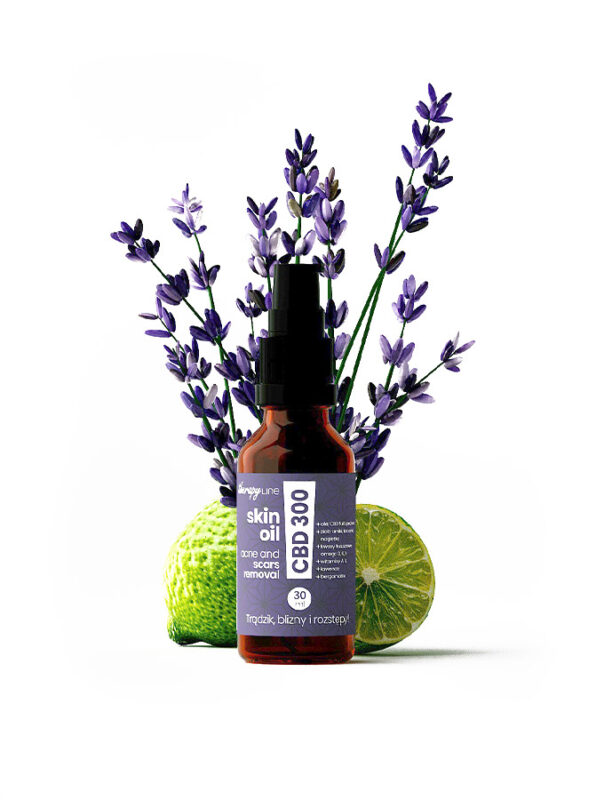 Skin oil CBD 300 Acne and Scars Removal
Skin oil CBD 300 Acne and Scars Removal
Skin Oil CBD 300 owes its effectiveness to a formula containing precious full spectrum CBD extract, omega acids, arnica and lavender herbs, as well as vitamins A and E.
 CBD Full Spectrum Lipsticks
CBD Full Spectrum Lipsticks
 Care Lipstick - Bee and CBD
Care Lipstick - Bee and CBD
It is a daily, natural and effective care for your lips. Note! The lipstick is exceptionally efficient due to the strong concentration of ingredients.
The exceptional effectiveness of CBD 50 lipstick is guaranteed by:
+ CBD full spectrum oil
+ Hemp extract (macerate)
+ Beeswax and lanolin
+ Cocoa butter
+ Coconut oil
+ Vegetable glycerin
+ Orange and neroli essential oils
 Beauty line
Beauty line
 Essential oils blend Lemongrass
69.00 zł
Essential oils blend Lemongrass
69.00 zł
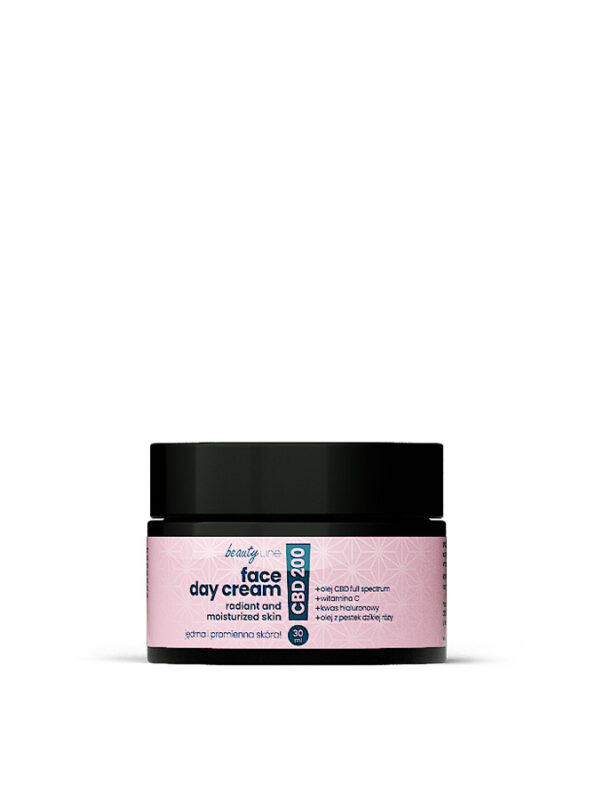 Face Day Cream CBD 200 Radiant and Moisturized Skin
Face Day Cream CBD 200 Radiant and Moisturized Skin
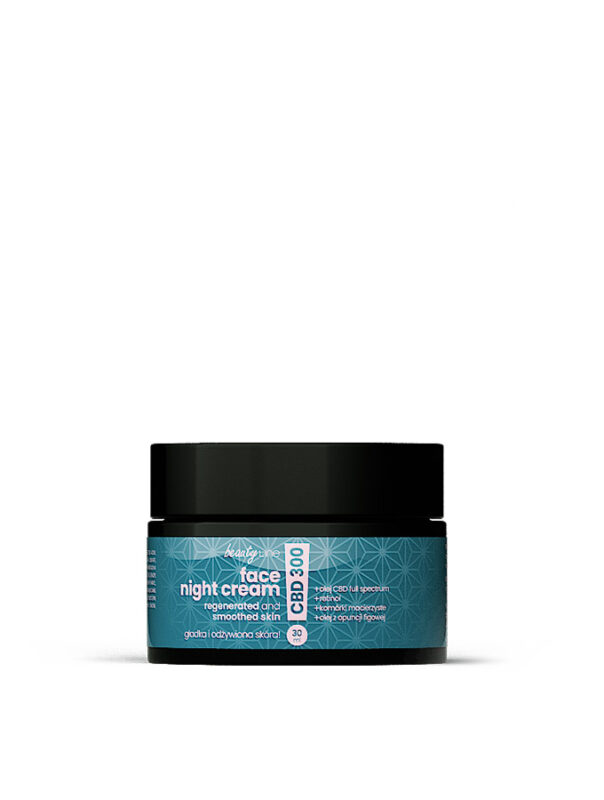 Face Night Cream CBD 300 Regenerated and Smoothed Skin
Face Night Cream CBD 300 Regenerated and Smoothed Skin
 Face Serum CBD 600 Firmed and Revitalized Skin
Face Serum CBD 600 Firmed and Revitalized Skin
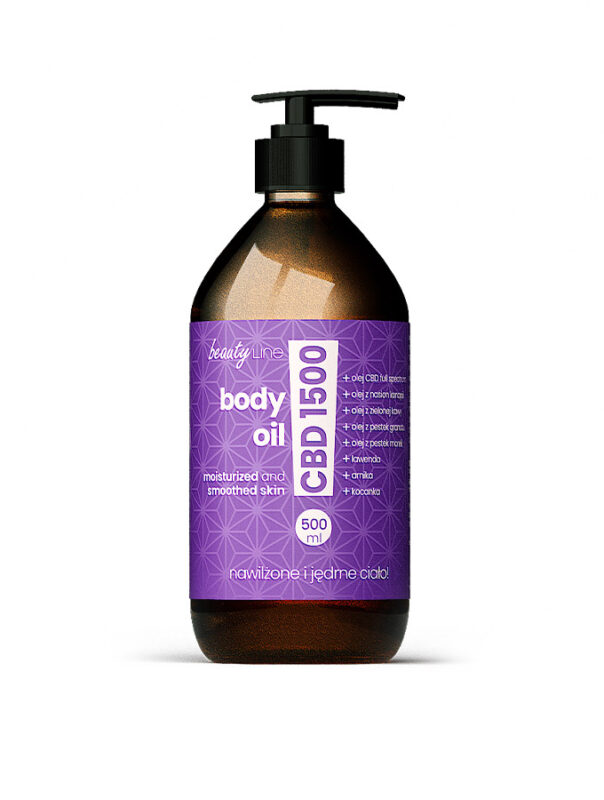 Body Oil CBD 1500 Illuminated, Smoothed and Moisturized Skin
Body Oil CBD 1500 Illuminated, Smoothed and Moisturized Skin
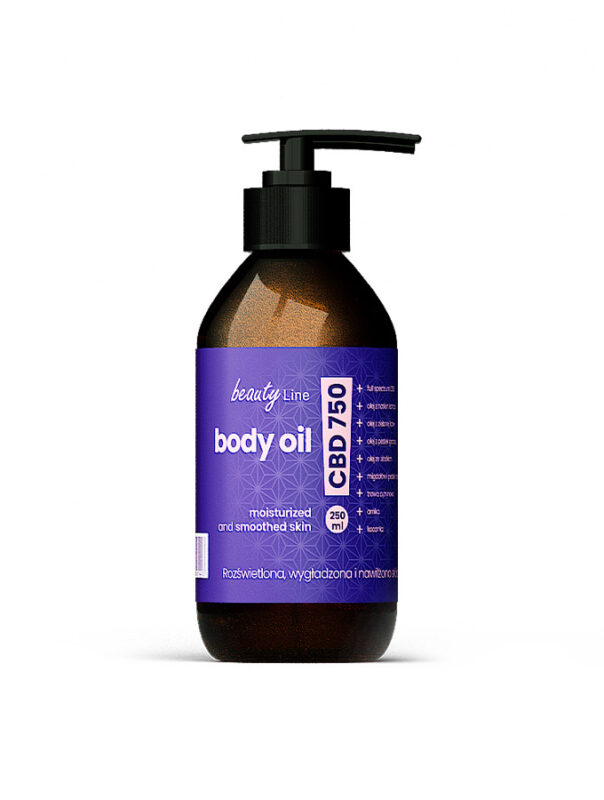 Body Oil CBD 750 250ml
119.00 zł
Body Oil CBD 750 250ml
119.00 zł
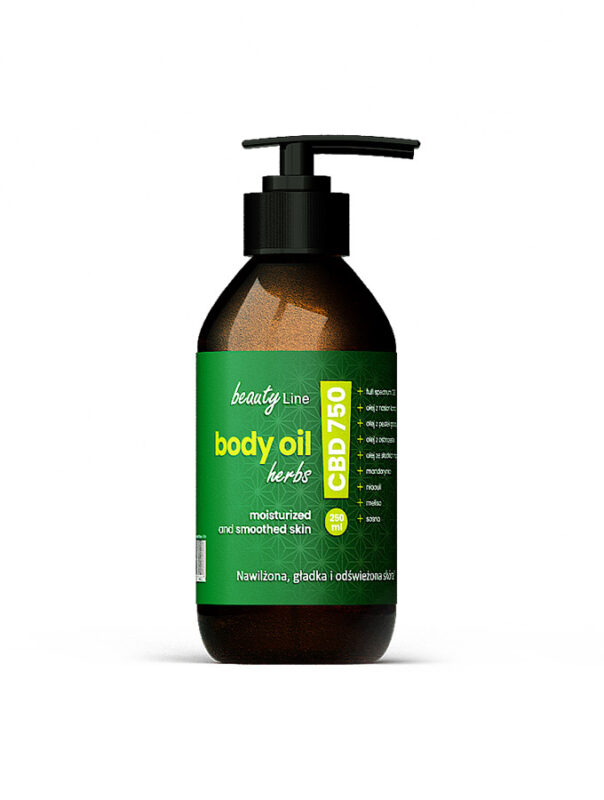 Body Oil Herbs CBD 750 250ml
Body Oil Herbs CBD 750 250ml
 Body Oil Flowers CBD 750 250ml
119.00 zł
Body Oil Flowers CBD 750 250ml
119.00 zł
 Therapy line
Therapy line
 Cosmetics for riders
Cosmetics for riders
 Sets and promotions
Sets and promotions
Previous lowest price was 209.00 zł.
Previous lowest price was 239.00 zł.
Previous lowest price was 429.00 zł.


CBC
The full name of CBC is cannabichromene and is close to the cannabinoid CBD, as it is also derived from CBDA acid that has been heat or light treated.
CBC itself is not intoxicating, and its main role and advantage is to support other cannabinoids. This means that it likes other cannabinoids (especially CBD and THC). Scientists confirm in many examples that adding CBC to other cannabinoid molecules increases their level of effectiveness in combating various diseases, sometimes even multiple times.
Research on CBC itself is still in the very early stages, but several potential applications have already been discovered.
Pain – CBC binds most effectively to the vanilloid receptor 1 (TRPV), which is commonly referred to as the “third cannabinoid receptor” in the endocannabinoid system, and to the ankyrin receptor 1 (TRPA1), both of which modulate our perception of pain. This means that CBC can be used as an effective painkiller without the potentially harmful side effects.
Inflammation – CBC has been shown to be particularly effective in reducing inflammation in conditions such as osteoarthritis. Its effectiveness was even greater when combined with THC. It also has antifungal effects
Skin Issues – Interestingly, its anti-inflammatory properties also extend to its effect on preventing inflammation of the sebaceous glands, which are the main cause of many types of acne. Research on this is ongoing, but scientists believe it will be very effective in treating blemishes and skin problems.
Cancer – CBC has properties that block the growth of cancer cells, making it a potential anti-cancer agent.
CBDV
Otherwise known as cannabidivarin, CBDV is a molecule that, according to recent studies, is almost identical to CBD at the molecular level, but its use is unique in that it may benefit people with neurological disorders. Initial findings suggest that CBDV has great potential as a treatment for epilepsy and similar neurological conditions. It has extraordinary anticonvulsant and antiepileptic properties, and scientists speculate that it may even be used as a supportive treatment for Parkinson's disease, post-traumatic tremors, and other conditions in which seizures are a symptom. Previous studies suggest that it not only shortens the duration of epileptic or convulsive seizures, but may even prevent seizures altogether.
In addition to its powerful anticonvulsant properties, CBDV may also provide relief from nausea and vomiting, particularly when they are a side effect of chemotherapy. It is also being studied as an appetite suppressant and as a potential treatment for symptoms of Crohn’s disease and multiple sclerosis.






 Essential OilNOVELTY!
Essential OilNOVELTY! CBD Oils Full Spectrum
CBD Oils Full Spectrum CBD oil 2.5% Full Spectrum “BEGINNING”
CBD oil 2.5% Full Spectrum “BEGINNING”
 CBD Oil 10% Full Spectrum “BALANCE”
CBD Oil 10% Full Spectrum “BALANCE”
 CBD oil 15% Full Spectrum “REMEDIAL”
CBD oil 15% Full Spectrum “REMEDIAL”
 CBD oil 25% Full Spectrum “HEALING”
299.00 zł
CBD oil 25% Full Spectrum “HEALING”
299.00 zł
 Body Oil CBD 1500 Illuminated, Smoothed and Moisturized Skin
Body Oil CBD 1500 Illuminated, Smoothed and Moisturized Skin
 Body Oil Flowers CBD 750 250ml
119.00 zł
Body Oil Flowers CBD 750 250ml
119.00 zł
 Body Oil Herbs CBD 750 250ml
Body Oil Herbs CBD 750 250ml
 Body Oil CBD 750 250ml
119.00 zł
Body Oil CBD 750 250ml
119.00 zł
 CBD Full Spectrum Creams
CBD Full Spectrum Creams Face Day Cream CBD 200 Radiant and Moisturized Skin
Face Day Cream CBD 200 Radiant and Moisturized Skin
 Face Night Cream CBD 300 Regenerated and Smoothed Skin
Face Night Cream CBD 300 Regenerated and Smoothed Skin
 CBD Full Spectrum Ointments
CBD Full Spectrum Ointments Balm CBD 750 Relief and Regeneration for Dry Skin
Balm CBD 750 Relief and Regeneration for Dry Skin
CBD Therapeutic Balm 750 brilliant regenerates and moisturizes dry and cracked skin as a result of individual predispositions and external factors.
 Salve CBD 1500 restoring the vitality of your body
Salve CBD 1500 restoring the vitality of your body
The unique action of Salve CBD 1500 ointment is based on the combination of the broad action of full spectrum CBD extract and herbs with powerful and documented power.
 CBD Full Spectrum Serum
CBD Full Spectrum Serum Face Serum CBD 600 Firmed and Revitalized Skin
Face Serum CBD 600 Firmed and Revitalized Skin
Nourishing face serum with a high content of full spectrum CBD extract, echinacea stem cells, collagen and elastin, and precious prickly pear oil for all skin types.
 Skin oil CBD 300 Acne and Scars Removal
Skin oil CBD 300 Acne and Scars Removal
Skin Oil CBD 300 owes its effectiveness to a formula containing precious full spectrum CBD extract, omega acids, arnica and lavender herbs, as well as vitamins A and E.
 CBD Full Spectrum Lipsticks
CBD Full Spectrum Lipsticks Care Lipstick - Bee and CBD
Care Lipstick - Bee and CBD
It is a daily, natural and effective care for your lips. Note! The lipstick is exceptionally efficient due to the strong concentration of ingredients.
The exceptional effectiveness of CBD 50 lipstick is guaranteed by:
+ CBD full spectrum oil
+ Hemp extract (macerate)
+ Beeswax and lanolin
+ Cocoa butter
+ Coconut oil
+ Vegetable glycerin
+ Orange and neroli essential oils
 Beauty line
Beauty line Essential oils blend Lemongrass
69.00 zł
Essential oils blend Lemongrass
69.00 zł
 Face Day Cream CBD 200 Radiant and Moisturized Skin
Face Day Cream CBD 200 Radiant and Moisturized Skin
 Face Night Cream CBD 300 Regenerated and Smoothed Skin
Face Night Cream CBD 300 Regenerated and Smoothed Skin
 Face Serum CBD 600 Firmed and Revitalized Skin
Face Serum CBD 600 Firmed and Revitalized Skin
 Body Oil CBD 1500 Illuminated, Smoothed and Moisturized Skin
Body Oil CBD 1500 Illuminated, Smoothed and Moisturized Skin
 Body Oil CBD 750 250ml
119.00 zł
Body Oil CBD 750 250ml
119.00 zł
 Body Oil Herbs CBD 750 250ml
Body Oil Herbs CBD 750 250ml
 Body Oil Flowers CBD 750 250ml
119.00 zł
Body Oil Flowers CBD 750 250ml
119.00 zł
 Therapy line
Therapy line Cosmetics for riders
Cosmetics for riders Sets and promotions
Sets and promotionsPrevious lowest price was 209.00 zł.
Previous lowest price was 239.00 zł.
Previous lowest price was 429.00 zł.
No account yet?
Create an Account